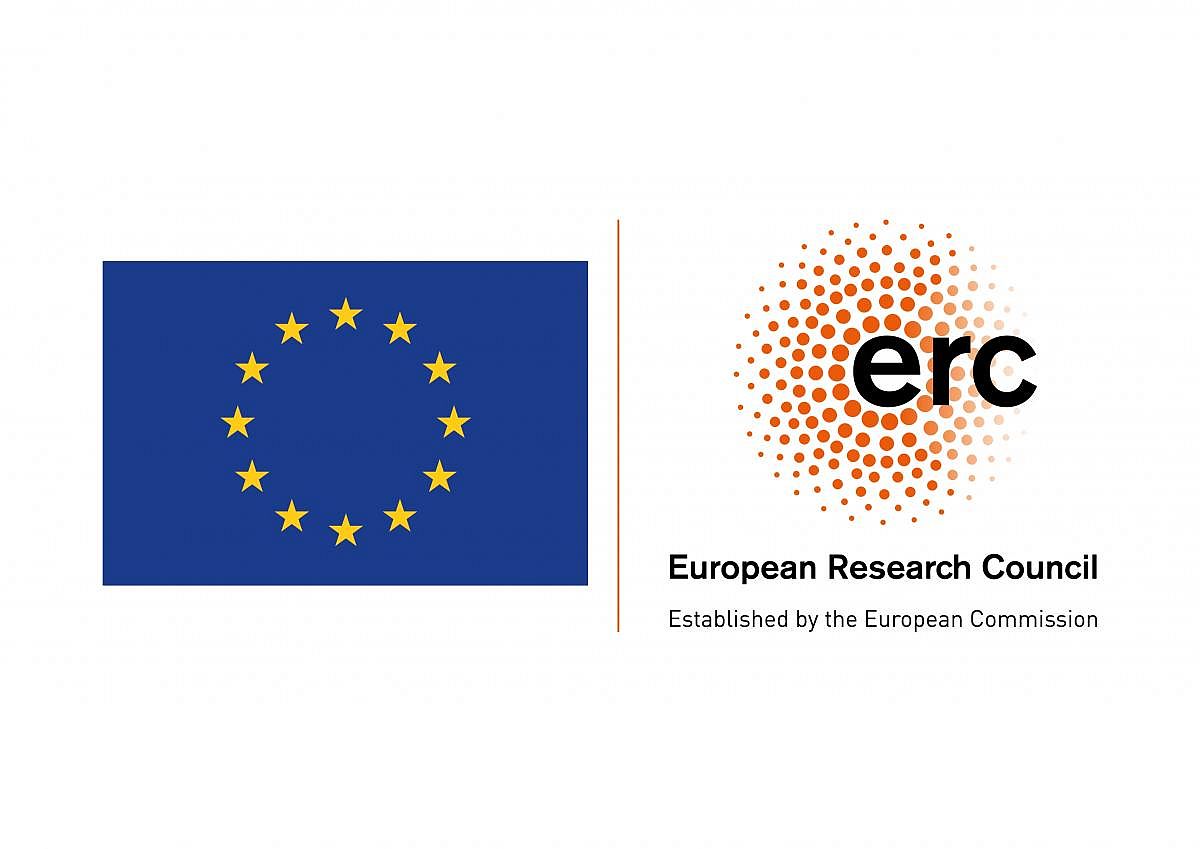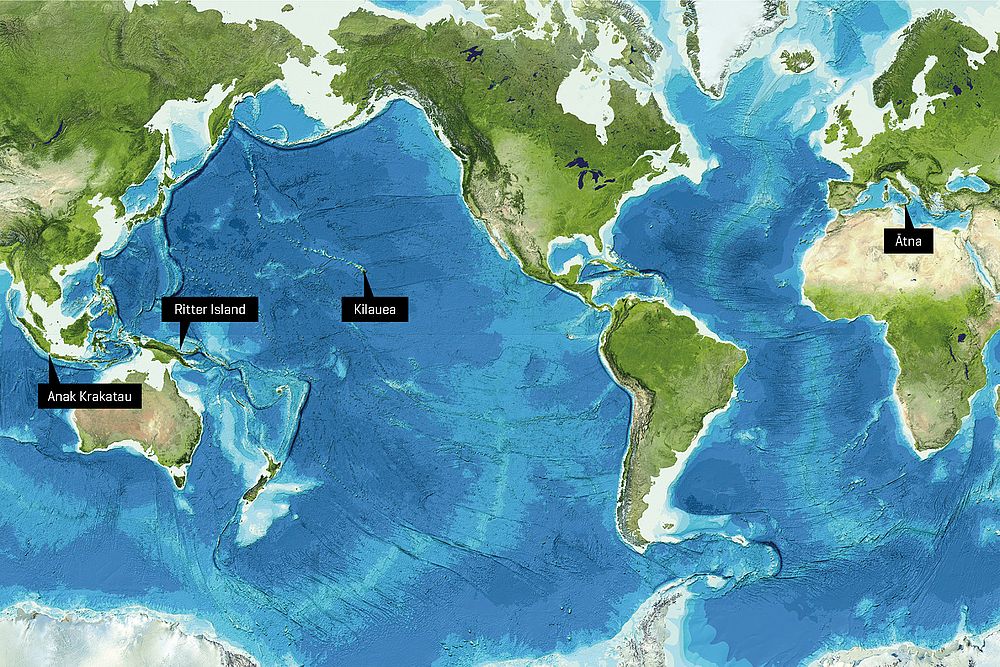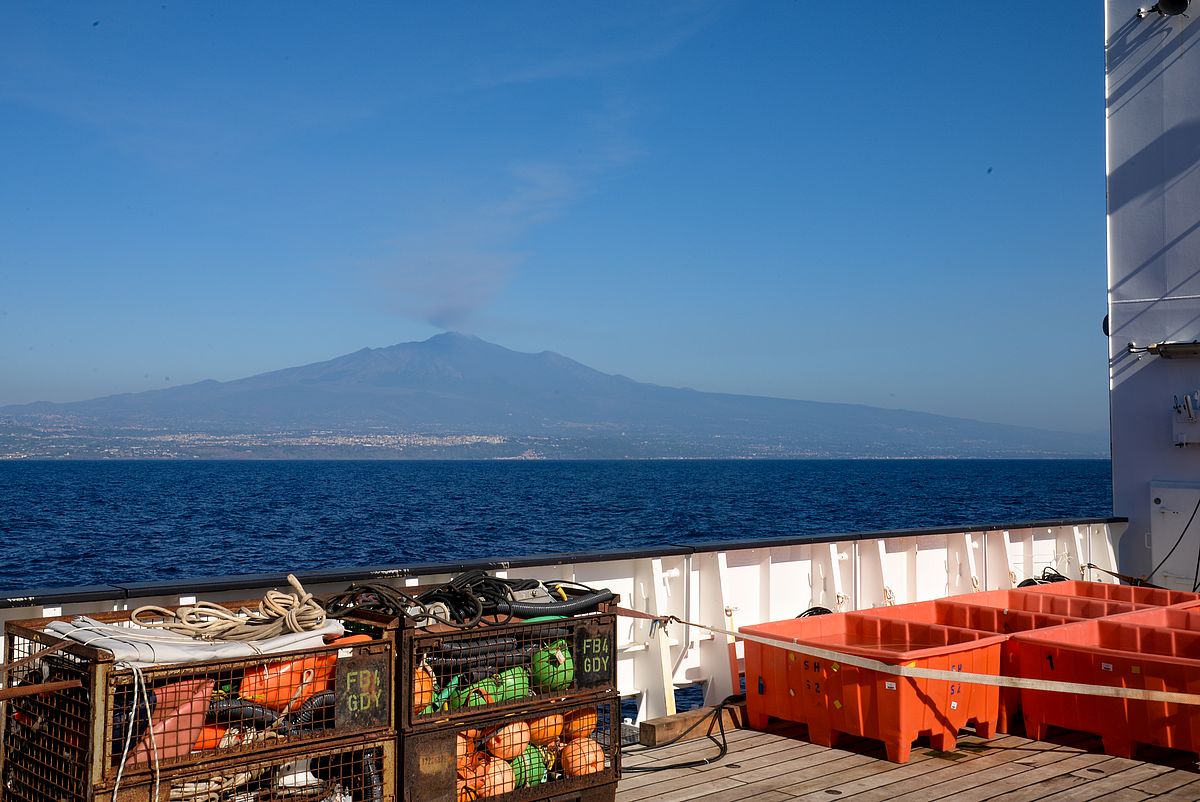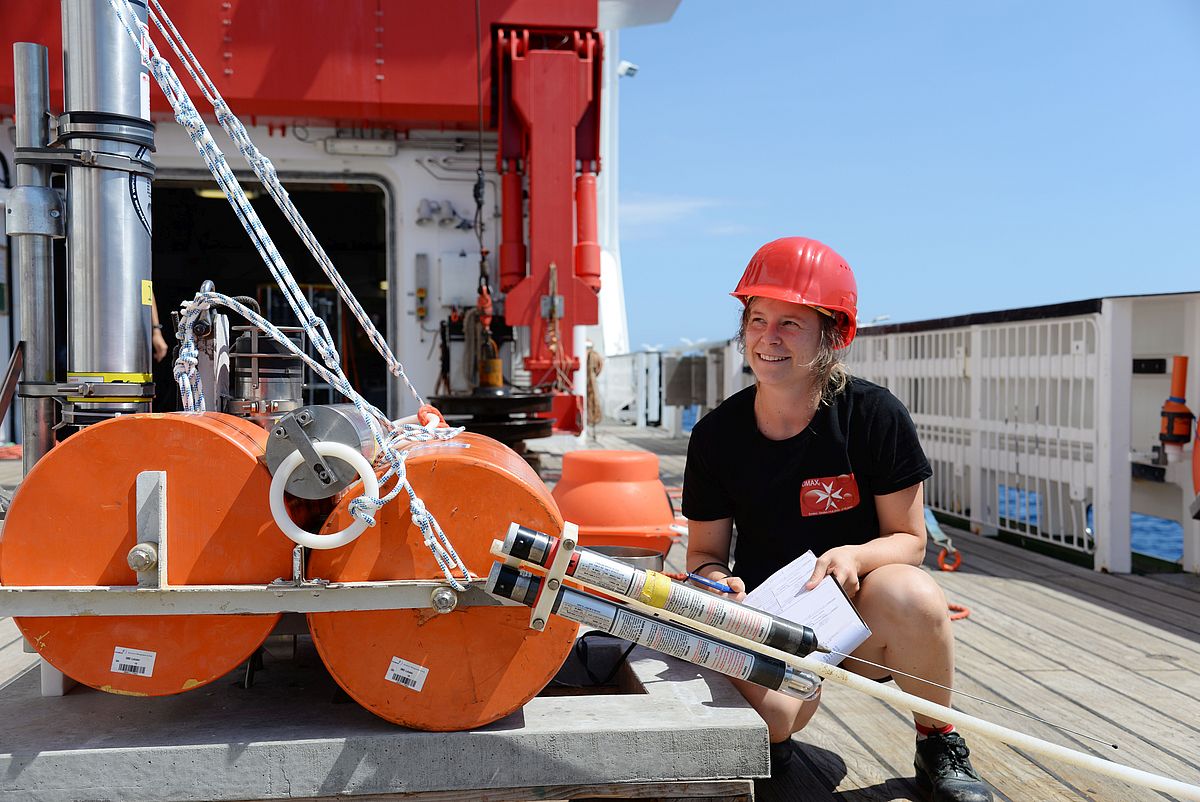Dr. Morelia Urlaub
Phone: +49 431-600-2638
e-mail: murlaub(at)geomar.de
PRE-COLLAPSE (ERC Project)
More information on the project website www.pre-collapse.eu or via Twitter @PRE_COLLAPSE
Volcanoes are among the most rapidly growing geological structures on Earth. Consequently, their edifices can be mechanically unstable and volcano flank collapses can form giant destructive landslides as in the case of the 1980 Mount St Helens collapse. At ocean island or coastal volcanoes these events pose an even larger threat as the sudden displacement of large amounts of material in water can cause tsunamis with extreme and ocean-wide effects. Slow seawards sliding of volcano flanks as it is observed at numerous volcanoes globally, can also be an expression of edifice instability. The aim of PRE-COLLAPSE is to understand if and how these two types of motion, slow sliding and catastrophic collapse, are related. To get there we will combine field observations, laboratory experiments, and numerical modelling. What is new is that all methods cross the shoreline so that they capture the entire volcano edifice from the volcano’s summit in the sky to its toe in the deep sea. The investigations will focus on four volcanoes: Etna (Italy), Anak-Krakatau (Indonesia), Ritter Island (Papua-Neuguinea), and Kilauea (Hawaii, USA). The outcome will help us identify flanks that are in transition to collapse. PRE-COLLAPSE is a five-year Starting Grant project supported by the European Research Council.

Acronym: PRE-COLLAPSE
Title: Slow sliding of volcanic flanks as PREcursor to catastrophic COLLAPSE
Start: February 2021
End: January 2026
Funding (total): 1,500,000 €
Funding (GEOMAR): 1,500,000 €
Funding Body / Programme: European Research Council / Starting Grant
Coordination: Dr. Morelia Urlaub, GEOMAR





